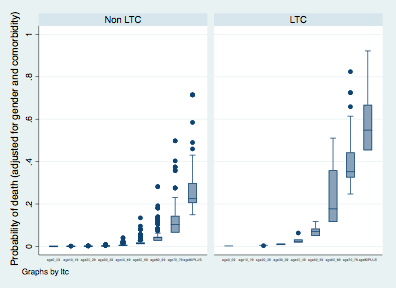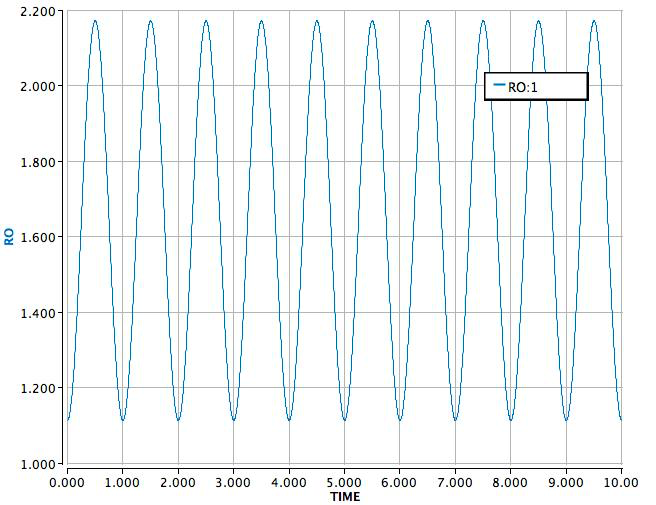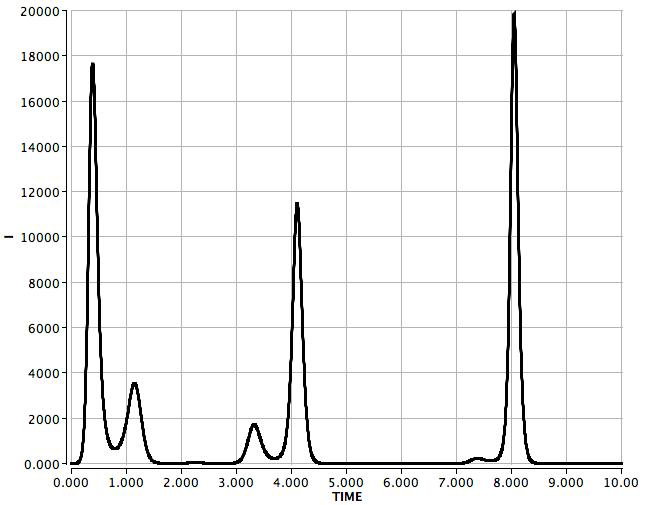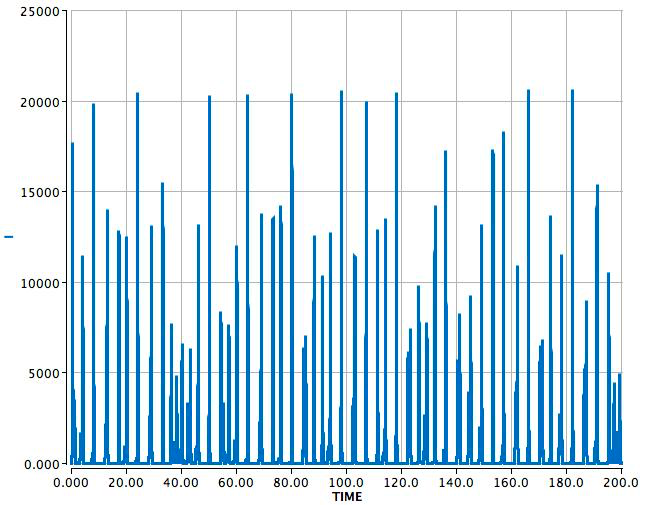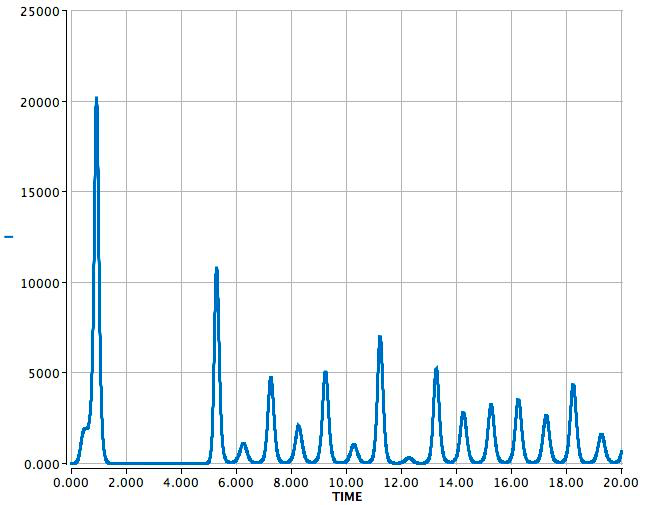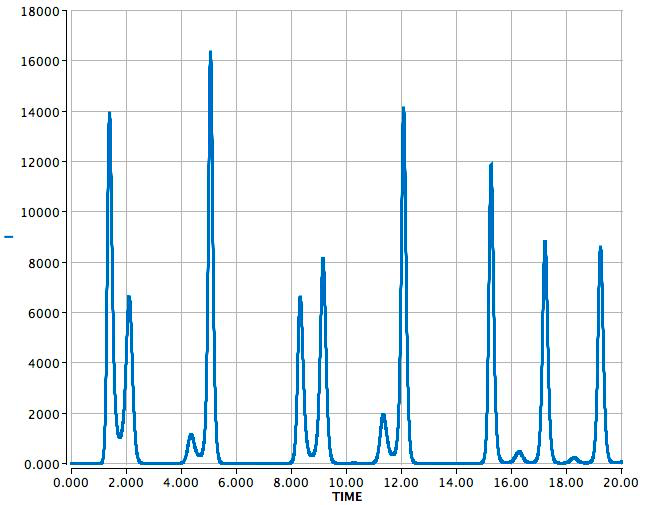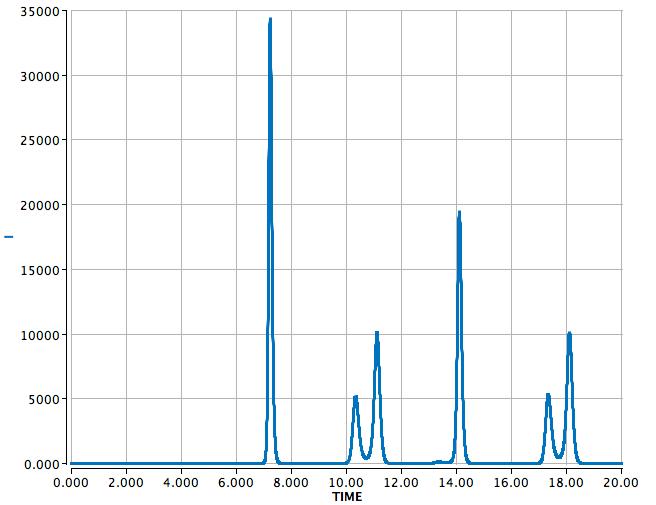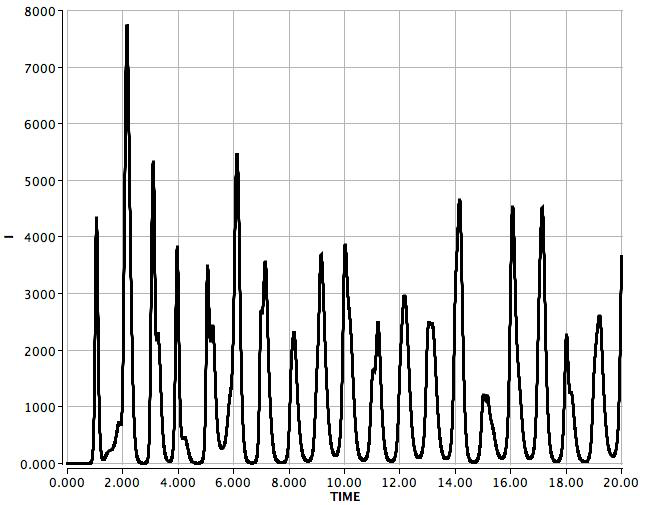I& #39;m not sure if anyone& #39;s in the mood for this, given the state of N America right now, but I keep getting asked whether another wave of COVID-19 is "possible".
I think that it is all but a certainty. Why are multiple waves a signature feature of pandemics?
I think that it is all but a certainty. Why are multiple waves a signature feature of pandemics?
I think I& #39;ve used this analogy before, but epidemics are like gardens: you need the seed (pathogen) and the soil (susceptible population and conditions that permit R0 > 1).
As R ~ R0 x S (proportion of the population that& #39;s susceptible), and S ~ 1 at the beginning of a pandemic
As R ~ R0 x S (proportion of the population that& #39;s susceptible), and S ~ 1 at the beginning of a pandemic
Pandemics have initial R ~ R0. That& #39;s why the epidemics are so large.
In the 2009 influenza pandemic, this wasn& #39;t true. Those born prior to 1957 had early life experience with a related H1N1 influenza A virus, and were protected against infection.
In the 2009 influenza pandemic, this wasn& #39;t true. Those born prior to 1957 had early life experience with a related H1N1 influenza A virus, and were protected against infection.
That both reduced the R of H1N1, and also attenuated mortality, because those at greatest risk of death, conditional on infection, didn& #39;t get infected. https://www.nejm.org/doi/full/10.1056/NEJMc0907256">https://www.nejm.org/doi/full/...
SARS-CoV-2 is different, because nobody, in any age group, has pre-existing immunity. Those who are predisposed to death, conditional on infection, are not protected against infection, as they were in 2009.
Hence mortality patterns that look like this in Ontario (X-axis = age)
Hence mortality patterns that look like this in Ontario (X-axis = age)
Also, because nobody has baseline immunity R ~ R0 so attack rates are predictably high.
But wait: why doesn& #39;t this just rip through this susceptible population in a single wave? Why did we have an R ~ 3 in Ontario in March and now (despite weak distancing) do we have an R ~ 1?
But wait: why doesn& #39;t this just rip through this susceptible population in a single wave? Why did we have an R ~ 3 in Ontario in March and now (despite weak distancing) do we have an R ~ 1?
One reason may be a seasonally oscillatory R0, which we might expect to see with a coronavirus and which has been anticipated by investigators like @mlipsitch https://science.sciencemag.org/content/368/6493/860">https://science.sciencemag.org/content/3...
Let& #39;s make a simple SIR model with a seasonally oscillatory R. My R looks, arbitrarily, like this...
In winter it& #39;s COVID-y...up in the low 2& #39;s. In summer it drops to 1-point-something.
In winter it& #39;s COVID-y...up in the low 2& #39;s. In summer it drops to 1-point-something.
I& #39;m going to make an SEIRS model (susceptible-latent-infectious-removed-susceptible) model such as we might use for flu. People lose immunity over time...perhaps as a result of viral drift.
This model is initially deterministic (get the same result every time).
This model is initially deterministic (get the same result every time).
Epidemic waves in my deterministic model look like this, and are a function of the interplay between seasonality and replenishment of susceptibles over time.
So we& #39;ve got some cool waves. That looks like what happens with pandemics. If I run this out over a long time (200 years, here) u can see that the combination of replenishment of susceptibility (births, deaths, viral drift) with some seasonal forcing gives us periodic epidemics
This isn& #39;t annual periodicity. We could muck about with the numbers and get this to have an "intrinsic" oscillatory frequency that& #39;s the same as the oscillatory frequency of R0, and then we could have seasonal epidemics as with flu.
See here for genius work on this by @jd_mathbio https://www.pnas.org/content/101/48/16915">https://www.pnas.org/content/1...
Here we go...I messed about by shortening duration of immunity and we now have a disease that explodes onto the scene as a pandemic but then becomes "seasonal flu" once there& #39;s some immunity in the population.
Now let& #39;s throw in some randomness ("stochasticity")...because again, although these waves look irregular, this model produces exactly the same outputs every time I run it.
We don& #39;t know when a novel pathogen is going to emerge. Perhaps it& #39;ll be at "peak season" (with respect to its R0) when it emerges, perhaps it& #39;ll be "off season". E.g., summertime emergence for a flu virus, wintertime emergence for (summertime seasonal) cholera.
Because the fraction susceptible is around 1, we can get out of season epidemics with pandemic pathogens. These are called "herald waves".
Let& #39;s add a single stochastic element to our model...I& #39;ll seed the model with a single case at a random time of year.
Let& #39;s add a single stochastic element to our model...I& #39;ll seed the model with a single case at a random time of year.
Here& #39;s a run of the same model:
Here& #39;s another.
They look pretty different. It& #39;s the same model, same parameters. Just seeding it at different times means that the epidemics get boosted or suppressed by seasonal changes in R.
We can batch a few runs and see very different patterns. These are 5 runs and each color represents a different run. The patterns look very different, but it& #39;s the same (exactly the same) disease.
And ultimately will turn into predictable seasonal disease. But that initial crazy trajectory of a pandemic depends in part on the random element of when the disease emerges. Early waves can die but then come back with a vengeance due to seasonal boosting.
As in this excellent figure showing us the very irregular patterns of seasonal waves in influenza pandemics: https://www.nejm.org/doi/full/10.1056/NEJMp0903906">https://www.nejm.org/doi/full/...
Why is this important? Because the very waning of COVID-19 in the northern hemisphere right now, despite pretty crappy disease control efforts in many places, suggests it is indeed a very seasonal pattern. I& #39;ve also noted the concave up patterns in S America right now.
which jibes with that idea.
If that& #39;s true, that means we are likely to have a very challenging winter ahead of us: lots of susceptibility, weariness of distancing, and a seasonally juiced virus with lots of susceptible folks to infect.
If that& #39;s true, that means we are likely to have a very challenging winter ahead of us: lots of susceptibility, weariness of distancing, and a seasonally juiced virus with lots of susceptible folks to infect.
It& #39;s why preparation now is of the essence. In Ontario we have identified a lot of bugs in our public health and healthcare systems, particularly related to lab capacity, information systems, and communication. In a sense that& #39;s great, because if this disease...
behaves as one might expect, it is better to identify these glitches before a big winter wave hits.
Here endeth ye tweetorial.
Here endeth ye tweetorial.
@threadreaderapp unroll

 Read on Twitter
Read on Twitter